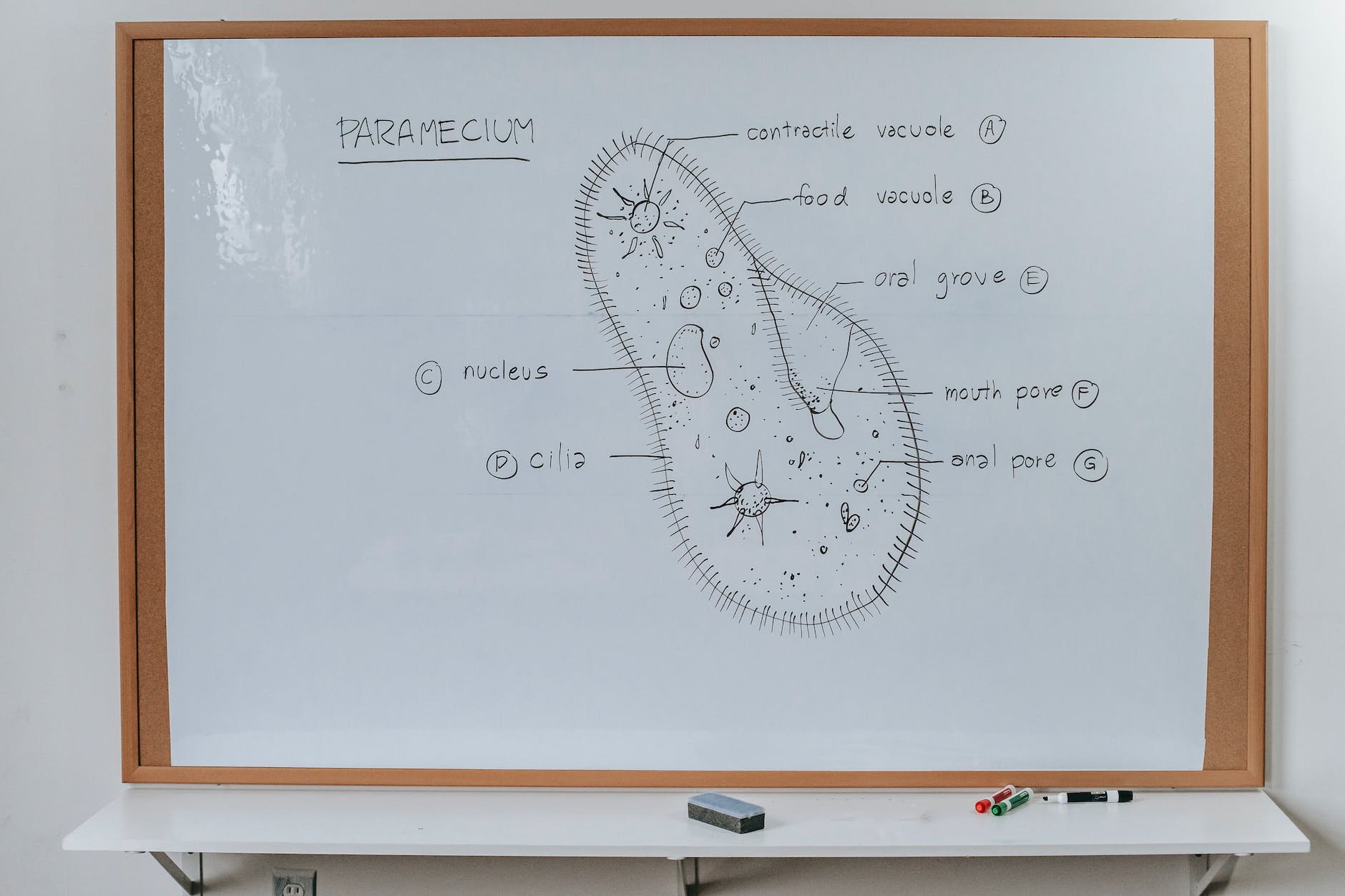
Stem Cell
Osteoarthritis (OA) is a debilitating condition that affects millions of people worldwide. Characterized by joint pain, stiffness, and decreased mobility, it is a leading cause of disability in the elderly. Traditional treatments for OA such as over-the-counter pain relievers, corticosteroid injections, and joint replacement surgery, are often associated with significant drawbacks.
However, recent advancements like Orthagenex OA stem cell treatment show promise in revolutionizing the way OA is treated. Stem cell therapy, a form of regenerative medicine, involves the use of stem cells to repair damaged tissues and promote healing. In the case of OA, stem cells can help to regenerate cartilage, reduce inflammation and pain, and improve joint function.
What is Osteoarthritis?
Osteoarthritis (OA) is a degenerative joint disease that affects millions of people worldwide. It is characterized by the breakdown of cartilage, the smooth tissue that covers the ends of bones in a joint, which results in pain, stiffness, and limited mobility. As the disease progresses, the cartilage can wear away completely, causing bones to rub against each other, leading to bone spurs, further pain, and even deformity.
OA commonly affects weight-bearing joints such as the knees, hips, and spine, but can also occur in the hands and fingers. While the exact causes of OA are unknown, aging, joint injury or overuse, obesity, and genetics are all considered contributing factors.
The Need for a Healthy Solution
Currently, there is no cure for osteoarthritis, and conventional treatments often focus on pain relief and slowing the progression of joint damage. However, these approaches may have limited effectiveness in stopping or reversing the disease’s underlying causes.
Stem cell therapy offers a potential solution that goes beyond symptom management and aims to repair and regenerate the damaged joint tissue and restore joint function. As the need for a healthy and effective solution to osteoarthritis continues to grow, more research is being conducted into the use of stem cell therapy as a promising therapy option for those with osteoarthritis.
What is Stem Cell Therapy?
Stem cell therapy is a relatively new and innovative technique that is gaining traction in the field of regenerative medicine. This therapy involves the use of stem cells, which have the ability to differentiate into different types of cells in the body, to help regenerate damaged tissues in the body.
Stem cells can be derived from various sources, including the bone marrow, adipose tissue, or umbilical cord blood. The stem cells are collected and processed in a laboratory, where they are then injected into the affected area of the body. The goal of stem cell therapy is to stimulate the body’s natural healing processes and promote the growth of new, healthy tissue to replace damaged or degenerated tissue.
What are the Benefits of Stem Cell Therapy?
Stem cell therapy has emerged in recent years as a cutting-edge treatment option for individuals suffering from osteoarthritis. So, what are the benefits of this innovative therapy?
Firstly, stem cell therapy promotes tissue regeneration which can help alleviate pain and stiffness associated with osteoarthritis. Secondly, it has the potential to slow down or stop the progression of the disease. Thirdly, it can reduce inflammation, which is a significant contributor to the deterioration of joint tissue in osteoarthritis patients. Lastly, stem cell therapy is minimally invasive and does not require surgery, making it a safe alternative to more invasive treatment options.
Conclusion
Stem cell therapy for osteoarthritis shows great promise in alleviating pain and restoring mobility for millions of patients who have exhausted other treatment options. While research is ongoing and there are still questions to be answered about the safety and effectiveness of these treatments, the potential benefits are significant. As advancements continue to be made in stem cell therapy, we can look forward to a future in which patients no longer have to suffer from the debilitating effects of osteoarthritis.






